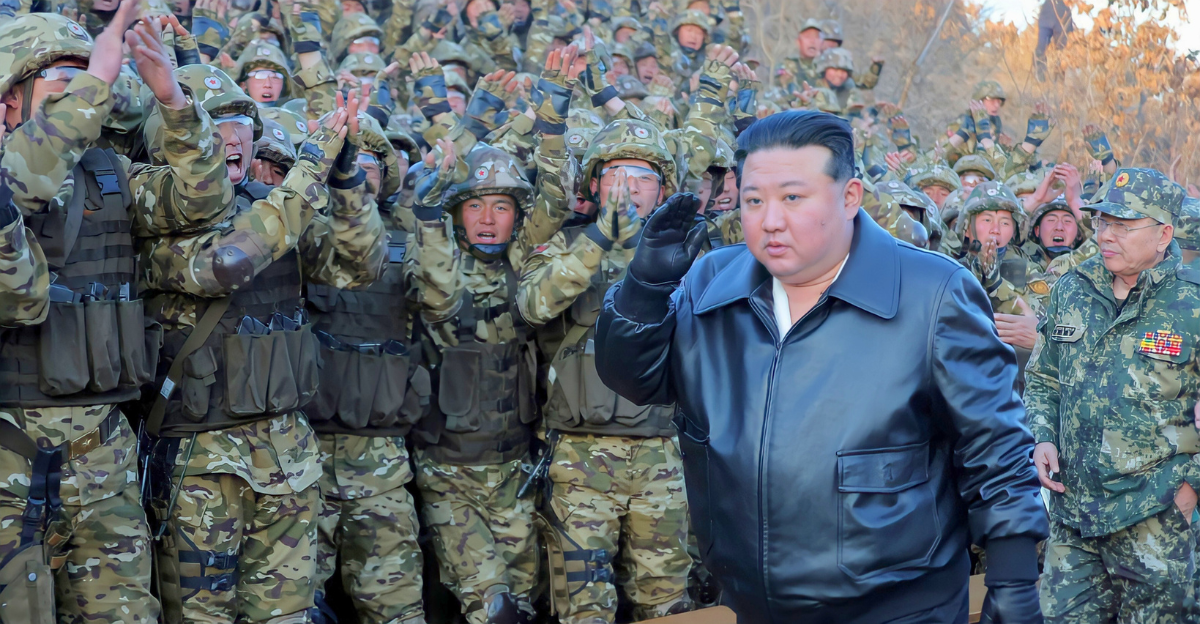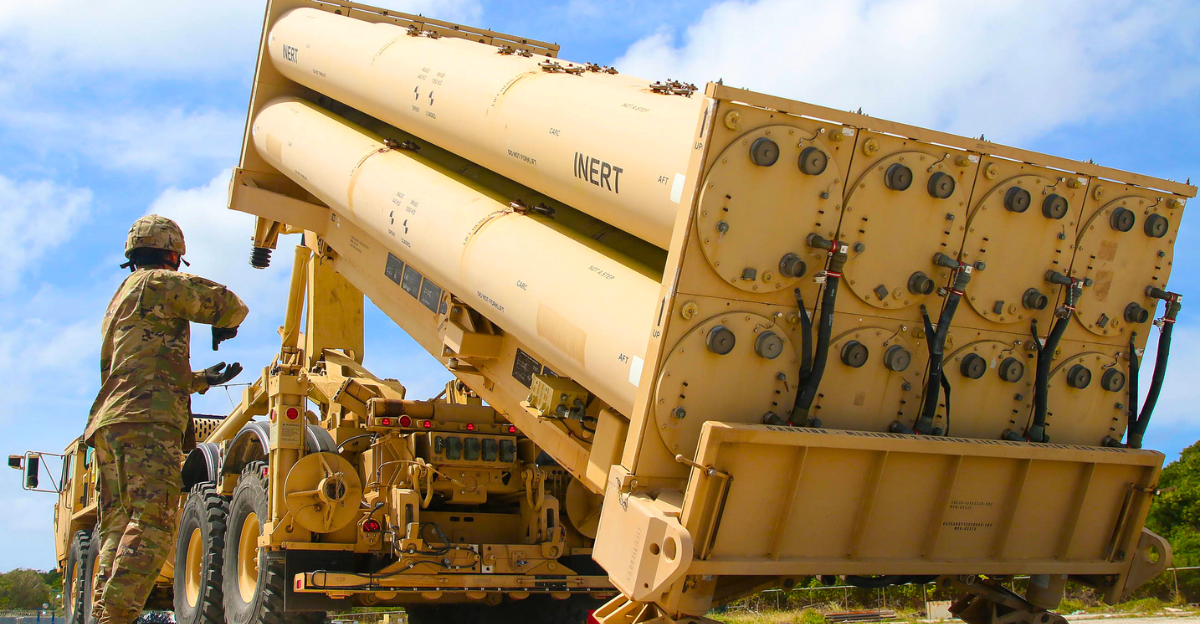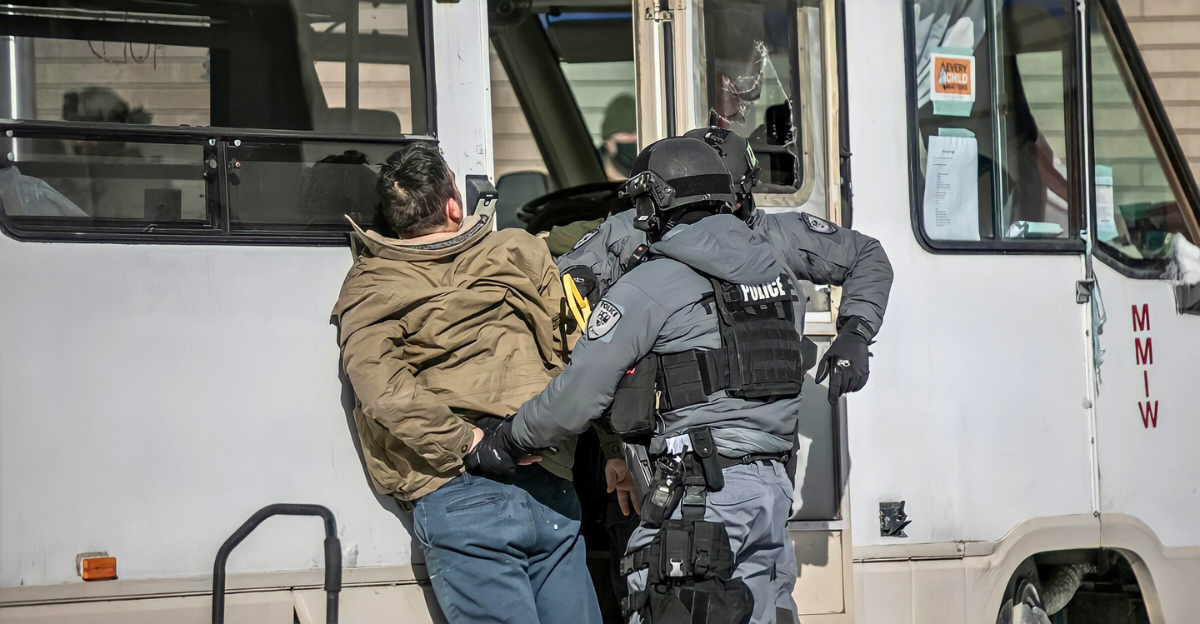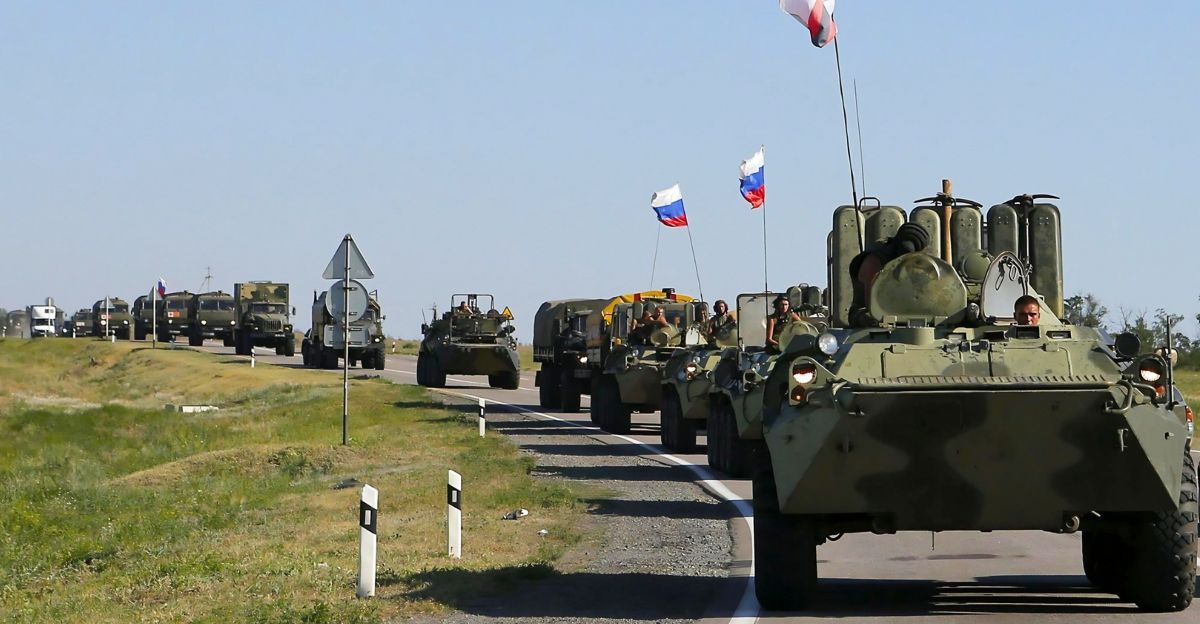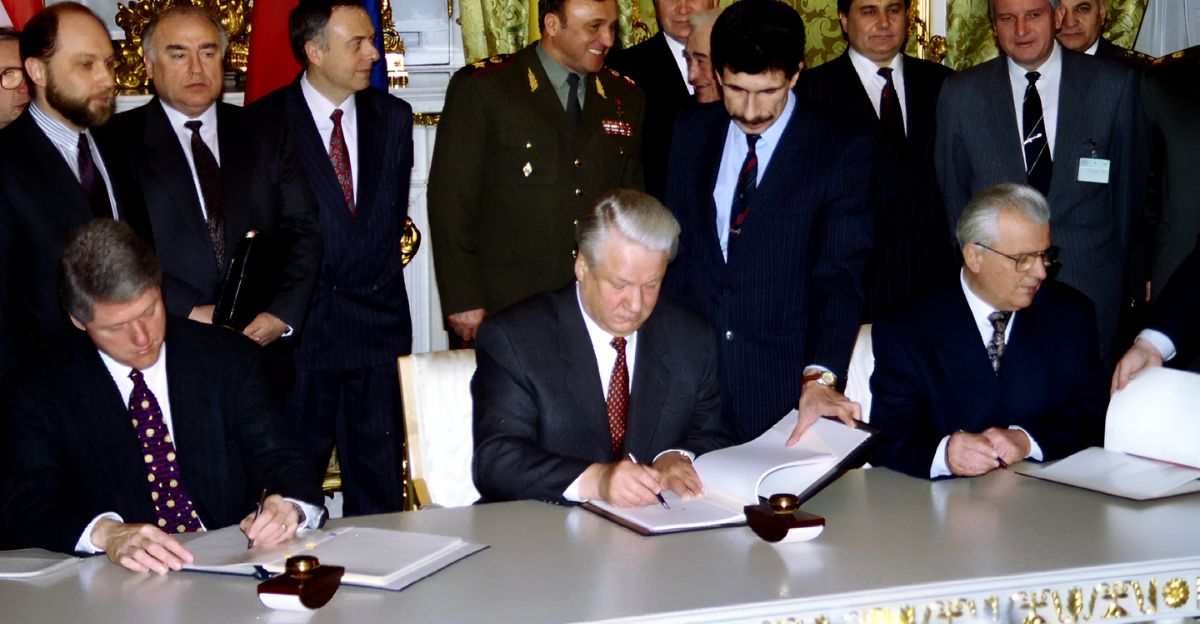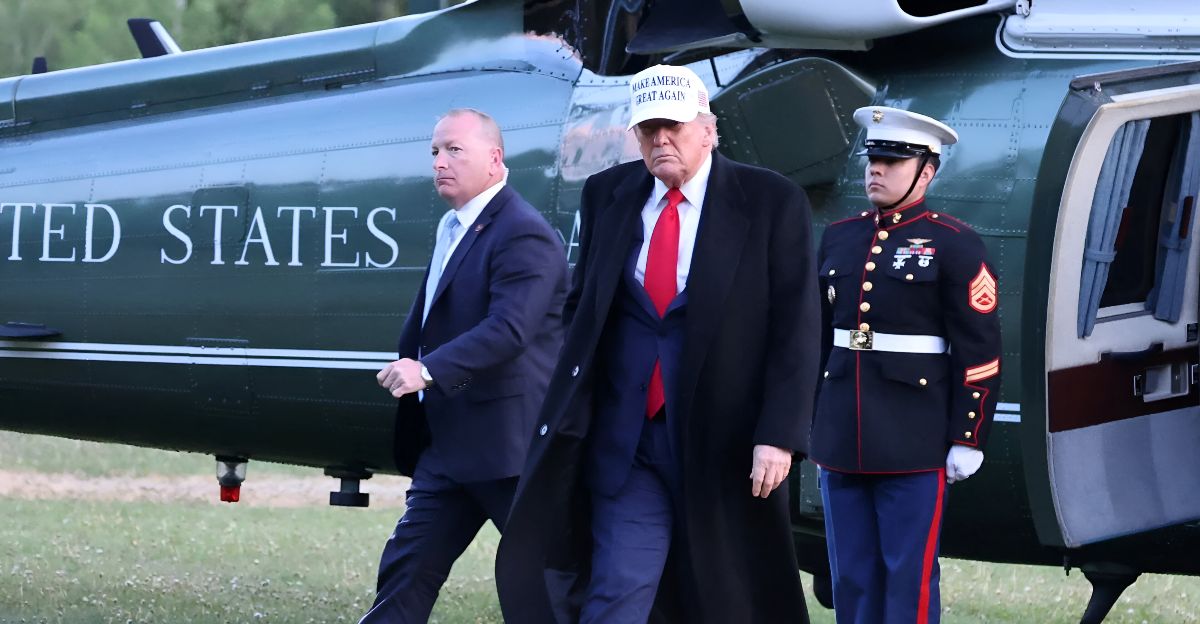
Just days after Iran’s supreme leader flatly refused President Trump’s ultimatum; “good luck,” the president replied, Trump ordered U.S. strikes on Iran’s three most fortified nuclear sites: Fordo, Natanz, and Isfahan. This raid; he called it a “spectacular military success” that “obliterated” the targets.
The operation, known as Midnight Hammer, was a calculated bet on reshaping the region’s nuclear future. The Pentagon confirmed the operation, adding that all targets sustained “extremely severe damage,” though a full assessment is still underway.
This marks a major turning point in the Iran-Israel conflict, and it may be the most dangerous escalation in years.
Operation Midnight Hammer—A Strike Unlike Any Other

Operation Midnight Hammer became the largest B-2 bomber mission in U.S. history, deploying 125 aircraft, including seven stealth bombers, and over 75 precision-guided weapons. The plan was tightly held, known to only a few in Washington.
Bombers flew an 18-hour mission, refueling mid-air and using fighter jets and decoy tactics to avoid detection. Iran never fired a single missile in response. This was a calculated strategy, built to deliver a blow and disappear before Iran could react.
The Bunker Busters—No Depth Too Deep
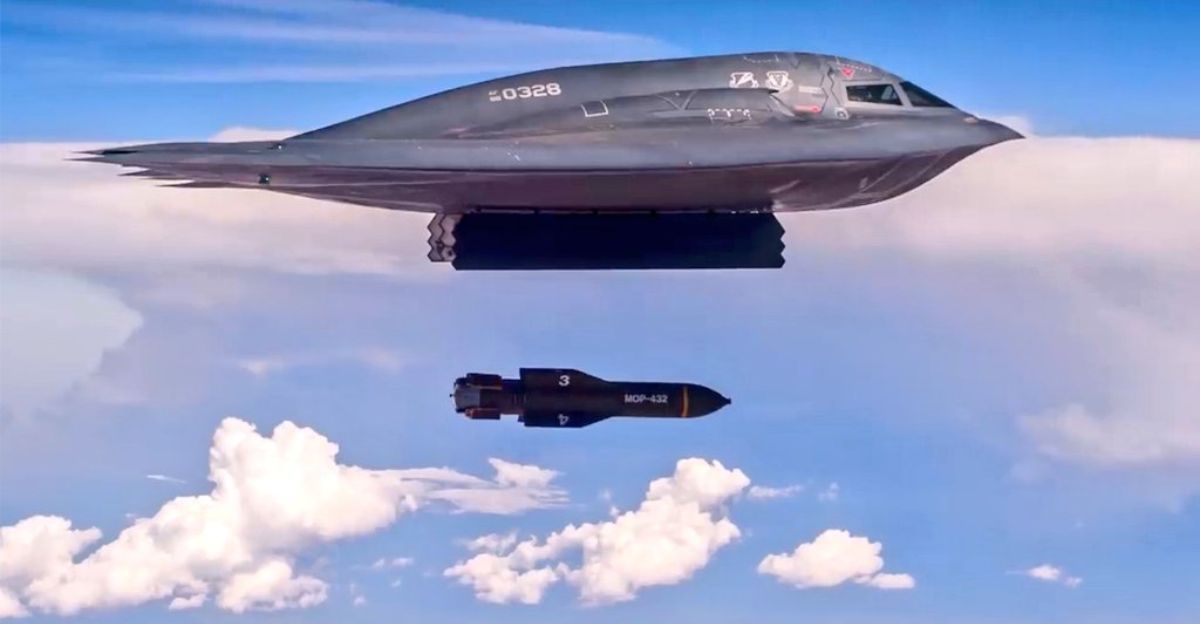
The U.S. didn’t just target Iran’s nuclear sites, it went underground. The GBU-57, or Massive Ordnance Penetrator, weighs 30,000 pounds and was made to crush heavily fortified bunkers like Fordo.
Each one can pierce up to 200 feet of earth or 60 feet of concrete before detonating. Satellite photos now show six new craters and sealed tunnel entrances at Fordo. This was the first combat use of these weapons, and their message was loud and clear: nowhere is off-limits if the U.S. decides it’s a threat.
Iran’s Response—Anger, Denial, and a Tough Choice
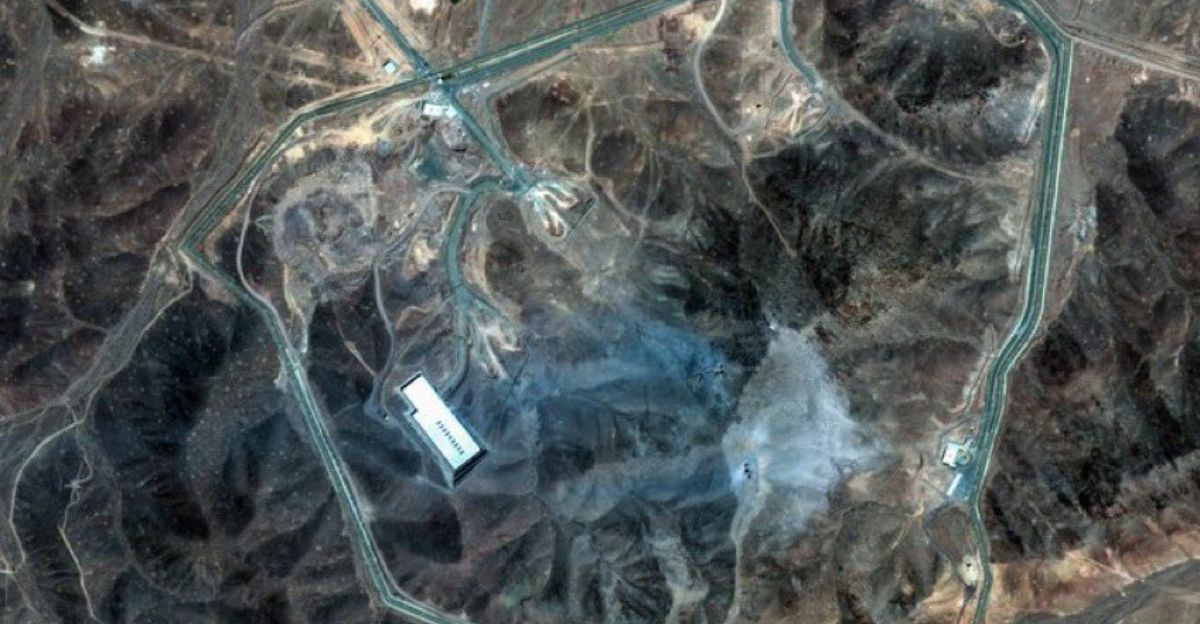
Iran admitted the sites were hit but insisted the damage was minimal, claiming key materials had already been removed. Officials called the strikes a “barbaric violation” of international law and promised retaliation, but on their own terms.
Behind the public defiance, Tehran faces a tough decision: hit back and risk a bigger war, or hold back and risk losing face. The regime is under pressure to show strength, both to its people and its regional allies.
Missiles Over Tel Aviv—The First Blowback
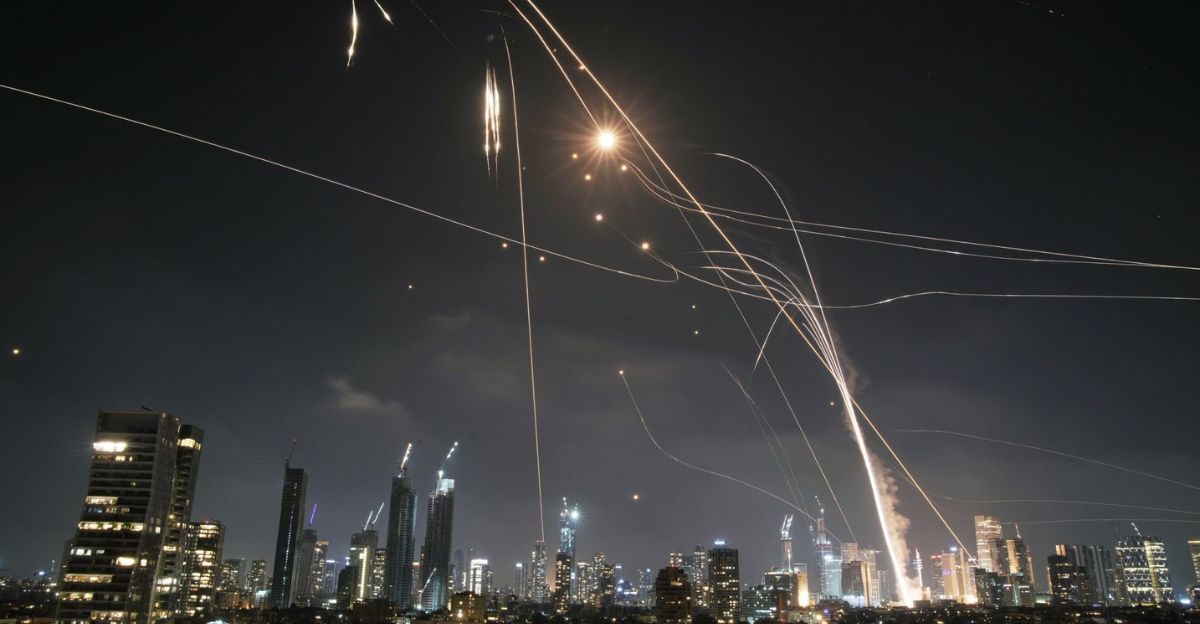
Iran didn’t wait long. Within hours, it launched missile attacks on Tel Aviv and Haifa, injuring dozens and damaging buildings. Sirens wailed, videos flooded social media, and Israel’s Iron Dome struggled to keep up.
Any strike on Iran’s nuclear infrastructure will come with a price. And with regional tensions so high, even one wrong move could spiral out of control.
Trump’s Line in the Sand—No Regime Change, But No Backing Down

President Trump praised the strike as a “spectacular military success” and warned Iran of “far greater” consequences if it refuses to de-escalate. He credited Israel for its support and insisted this wasn’t about removing Iran’s leadership.
His message was firm: nuclear capability is the red line. But in high-stakes conflicts, perception matters more than intent, and Tehran may see this as the start of a broader campaign, not just a warning shot.
The Political Divide—Firestorm at Home, Ripples Abroad

In Washington, the strikes sparked fierce debate. Republicans applauded Trump’s resolve, while Democrats slammed him for bypassing Congress and risking a wider war. Even some conservatives voiced concern over the lack of a long-term strategy.
Online, the backlash was intense. On platforms like TikTok and Reddit, people asked: is this bold leadership or reckless provocation? One thing’s clear, America’s political unity is just as fragile as the Middle East’s stability.
Global Reactions—All Eyes on the U.S.
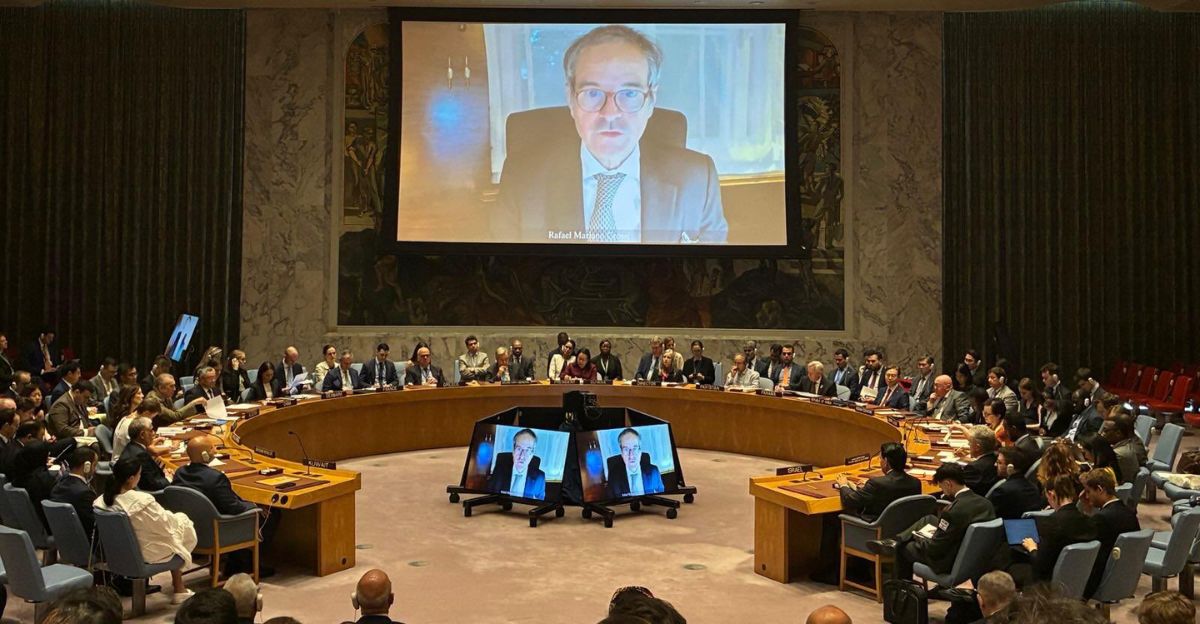
World leaders responded quickly, and nervously. The UK, France, and Germany reiterated their stance against a nuclear-armed Iran but warned against further escalation. The UN called it a “dangerous escalation.”
Russia condemned the strikes outright. Saudi Arabia voiced deep concern, and Asian governments held emergency sessions as oil prices rattled. The world is split, some see a necessary move, others see a gamble with global consequences.
What Comes Next—Beyond the Battlefield
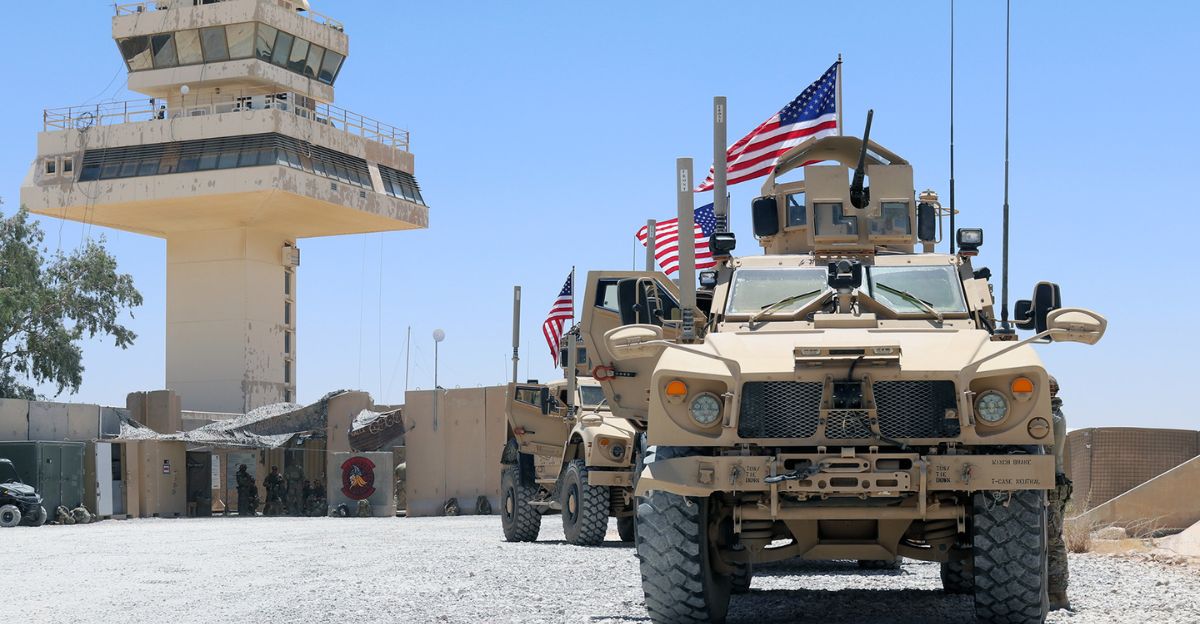
The immediate danger isn’t just another round of missiles. Iran could hit U.S. bases, close off the Strait of Hormuz, or launch proxy attacks from Lebanon to Yemen. Cyberattacks, oil shocks, and economic fallout are all on the table.
Domestically, Iran may crack down harder on dissent, blaming outside enemies. And if it rebuilds its nuclear program underground, it might return even more unpredictable, and dangerous.
The Fuse Is Lit
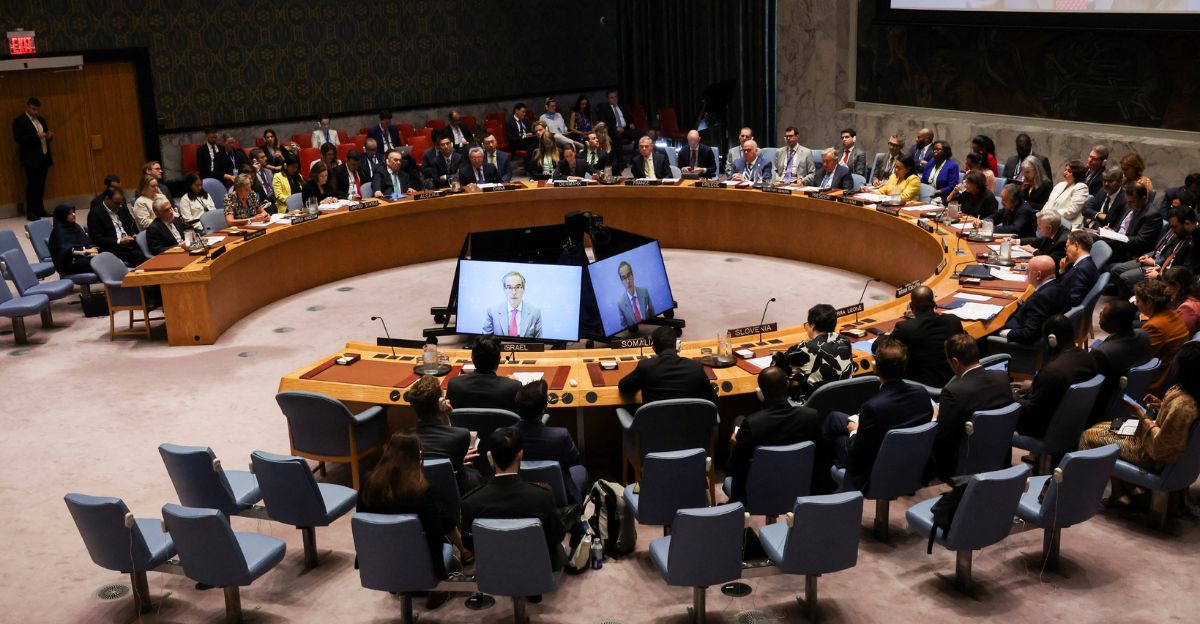
These strikes aren’t just news, they’re a turning point. The world now stands on the edge of two paths: escalation or pause, war or uneasy diplomacy. America drew a hard line, but what follows is anyone’s guess.
History has taught us that every strike carries consequences, and the next chapter may not be written in Washington. For now, the world watches, holds its breath, and waits for the next move.
Uncover more fascinating moments from history — and hit Follow to keep the stories flowing to your feed!

Don’t miss more incredible stories from the past! Tap Follow at the top of this article to stay updated with the latest historical discoveries. Share your thoughts in the comments — we’d love to hear your perspective!

